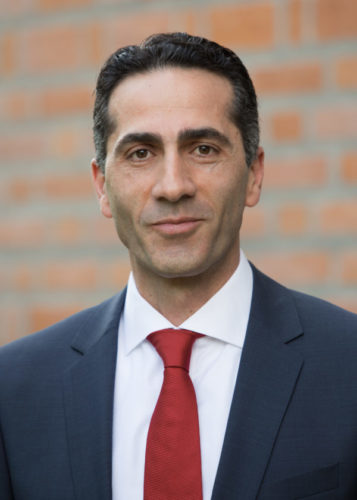By Avo Piroyan
Special to the Mirror-Spectator
YEREVAN — Among the few positives for Armenia has been the buoyant IT sector which has grown rapidly over the last 5-7 years and is now roughly 5 percent of annual GDP, about $630 million. It has expanded from virtually nothing into one of the only sectors in the country still growing. Many have pointed to this success as exemplary of what is possible in Armenia.
While the above is certainly true, those in the IT industry are less glowing in their assessment.
A dampener on the above positivity is that despite there being 800-900 IT start ups a year in Armenia, the number of international copyright IPs (intellectual property – a unique discovery/product that is patented) produced in Armenia can be counted on one hand. By contrast, China produces roughly 300,000 per year.
Among the many problems has been the inability to keep specialists. Jean Mamikonyan is one such specialist. Born in Yerevan, he studied engineering before getting into the IT sector in the early 2000s.









